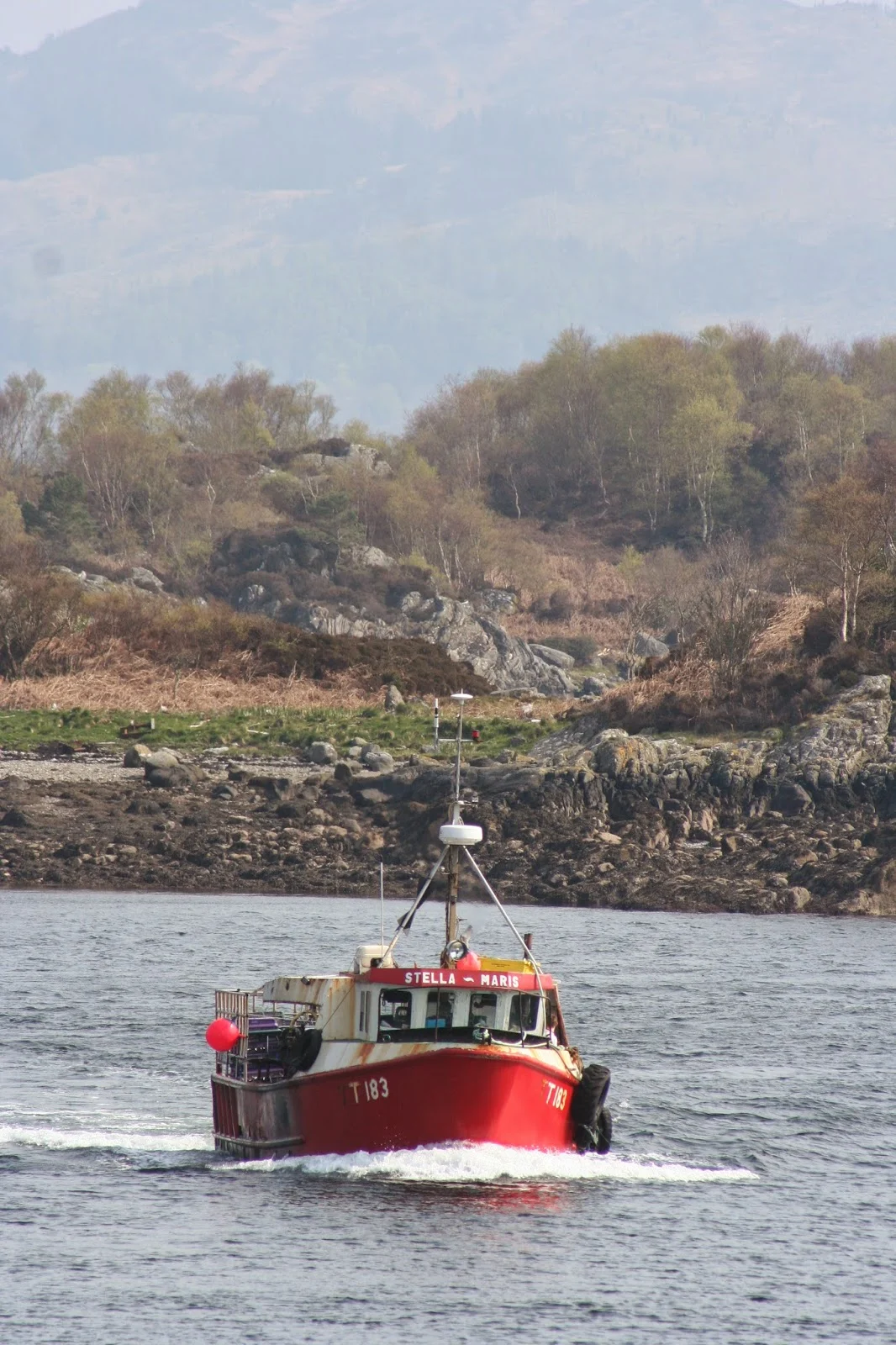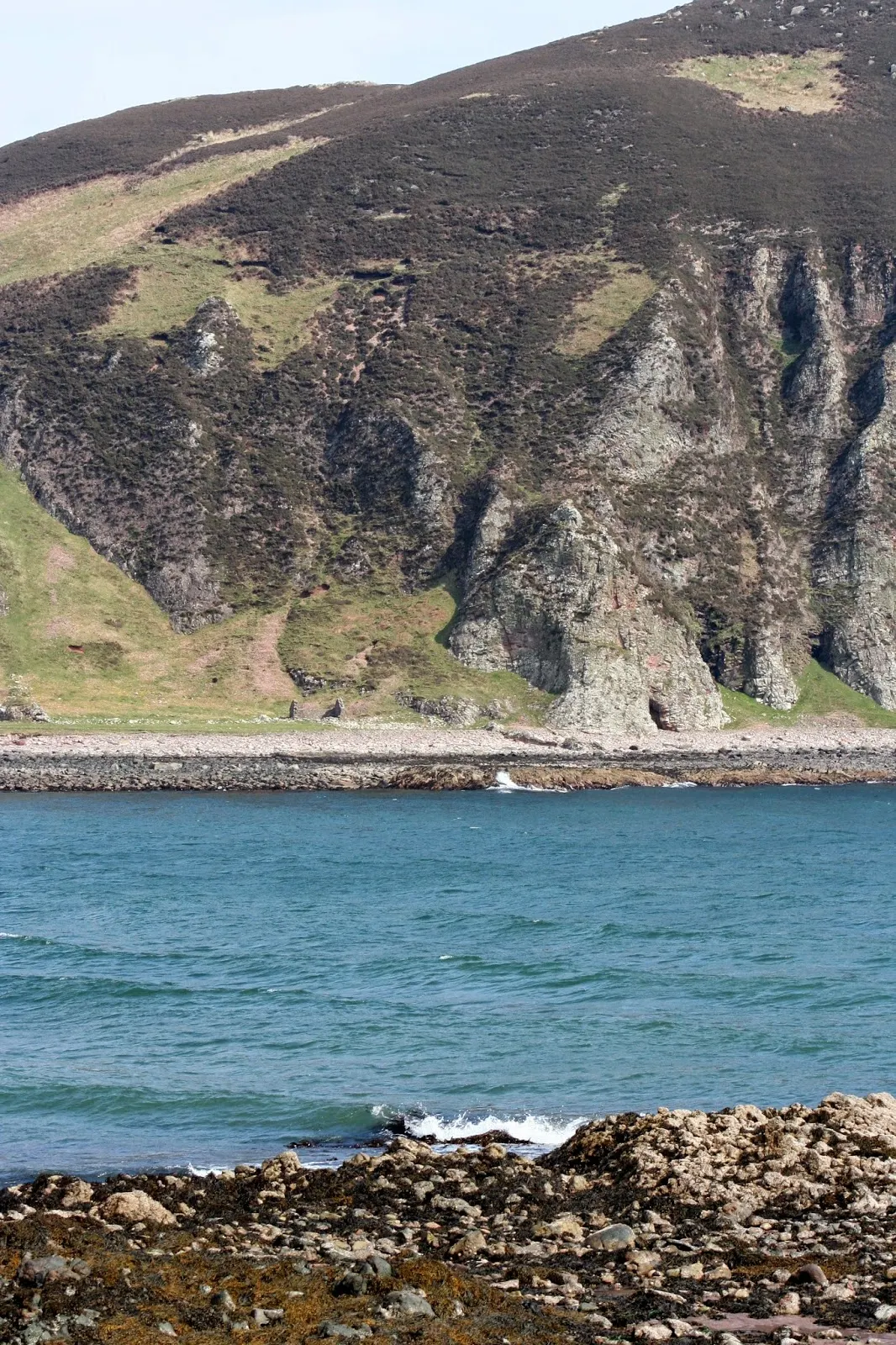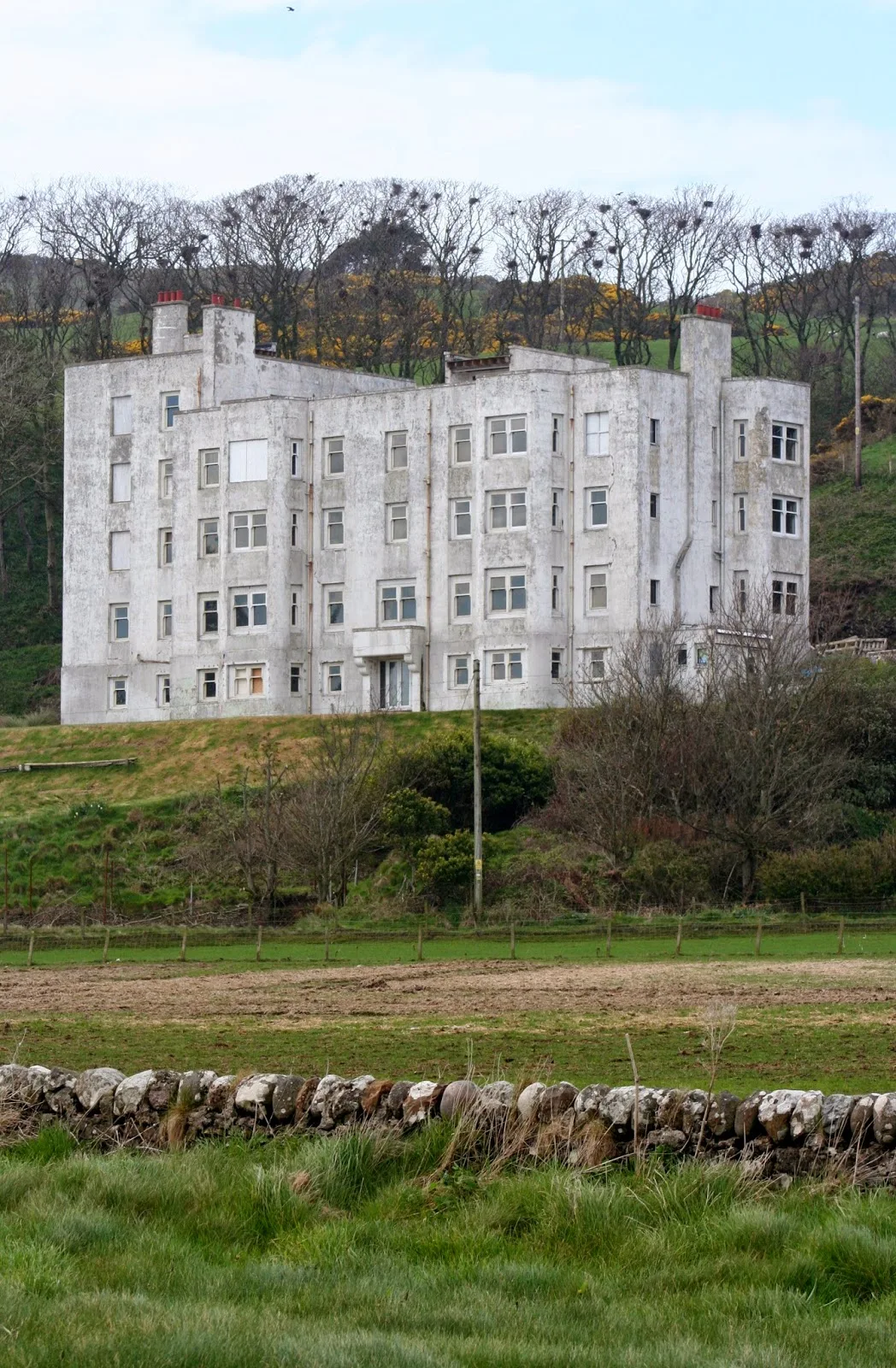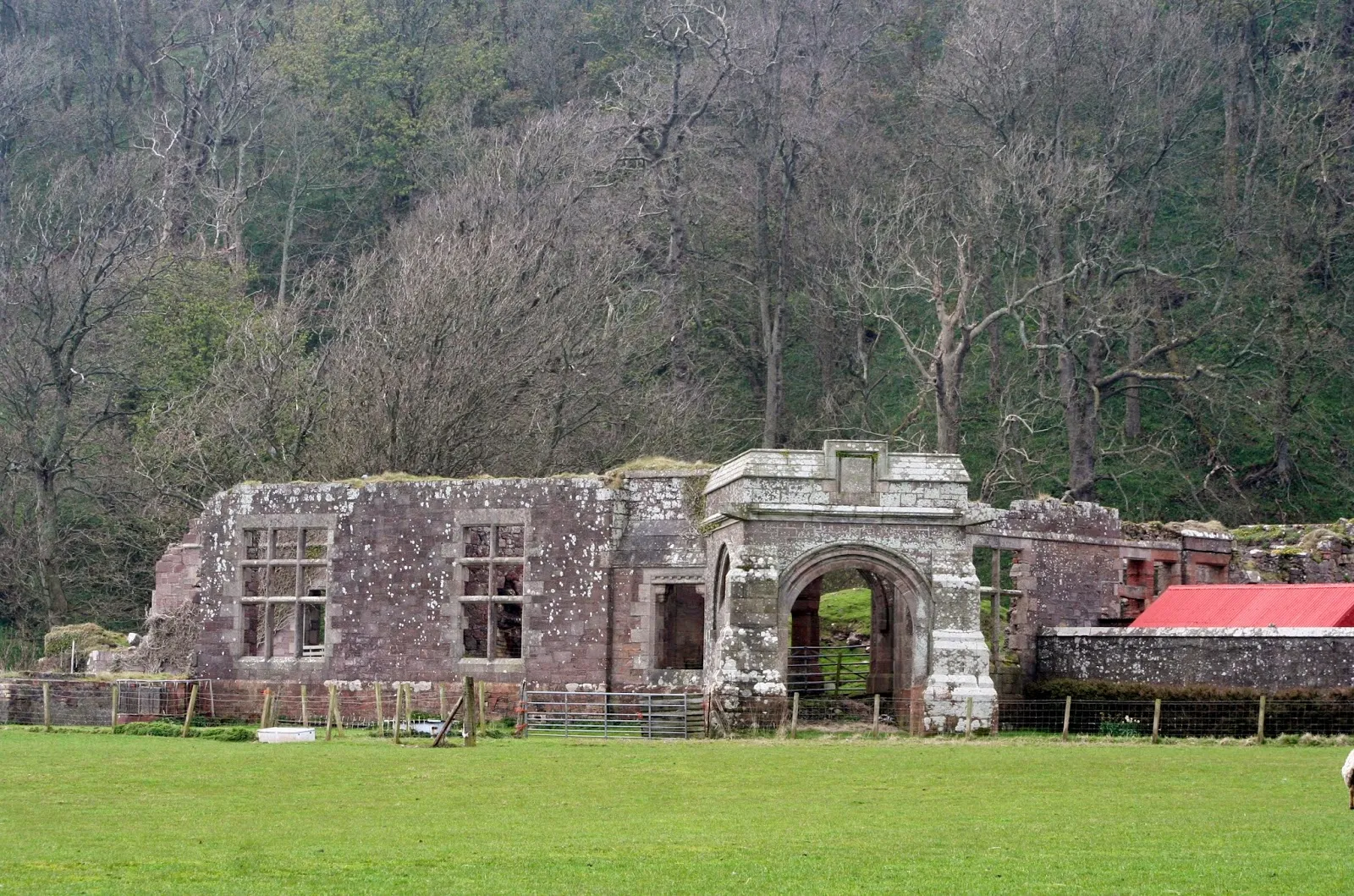last few days of our trip to Kintre in Argylleshire
Day16
Pack up again, take a last
walk round the town of Lochgilphead and buy a few odds and sods from the local
coop, check out a few of the shops and then it’s a slow steady journey along
the side of Loch Fyne until we reach Tarbert. We had been up at seven as it was
one of our fast days and we need a twelve hour gap between breakfast and dinner
to enable the fast to work. So we park up and have a stroll round the port. Fishing
boats have just arrived and are disgorging their catch of crayfish onto the
quay. The box’s are quickly packed in the lorries and they are on the road in
minutes all the way to Spain. Bizarre.
After a quick chat with one
of the fisherman, we soon ascertain that there is a place at the ferry port
that sells most of the excess. We find
the premises, a stone building stuffed to the gunnels with feeder tanks. These
are packed with all manner of shellfish and molluscs, and his cold rooms are
full of the local catch. The Scallops are enormous, the size of a breakfast
plate, the shell, not the contents. One of his lads was sat outside cleaning up
the mussels and oysters. What a delight, and not enormously expensive. £10 for
half a kilo of scallops, £3 four a kilo of mussels.
The town seems to have a
really good selection of seafood restaurants, although, more investigation is
required before choosing which one we may try in the future.
Walked up and around the
castle, then up further into the hills. Higher and higher, through the heather
covered hills , with craggy outcrops, the odd boggy area and the Scots pine. A
glorious circular walk with many picturesque views of Loch Fyne and the
mainland to the East. In fact towards Innellan.
This part of Scotland has
really strong links with its Viking heritage. They must have been hardy, as
they used to haul their boats, dam great wooden longboats across the land
bridge between the the loch and the Atlantic to save on sailing the extra 100
miles round the point and through the treacherous tidal races.
Then to Glenbarr on the
West coast of Kintyre, a camp site that is virtually on the sands, no hard
standings, just grass on the edge of the cliffs overlooking the sea. Fantastic
location, wonderful sunsets, but otherwise there is nothing else to do in the
area. We walk along the sand and rocks, beach combing. Its full of jetsam and
flotsam along with quite a few dead things, mainly oil covered birds but the
odd sheep washed up onto the rocks. Even so, that is only in one certain area
that seems to collect all the debris, the majority of the area is pure white
and clean with giant waves smashing onto the beach. Cold waters originating
from Newfoundland, great for the surfers who have warm blood or layers of
rubber to protect them from the bitterly cold winds.
From here you can easily
see Islay and the Paps of Jura, and on a clear day the smoke floating out of
the Irish homes. Its only about 20 miles away, with the result that we pick up
Ulster TV and Irish radio when we try to tune the TV in.
After a pleasant although
rocking windy night we head further south.
 |
| west coast with a strong wind blowing out to sea |
 |
| gorgeous sunset with the sun hiding behind Islay |
 |
| port of Tarbet |
 |
| local fishing boat bringing the catch into harbour before being loaded on a lorry heading to Spain |
 |
| Tarbet Castle |
 |
| A warm day to be climbing up into the hills |
 |
| Surfing waves off Glenbarr |
Day 17th
Onto Campbeltown and park
up, walk round the working harbour, wide expansive street, big houses, plenty
of greenery, odd hotel and restaurant and three distilleries, although it used
to boast 34. The we drive out to look at the Island of Davarr. You can manage
to walk out to it via a causeway and get round the base under the massive
cliffs as long as you hit the low tide.
There is a wall painting in one of the caves only accessible at low
water of Christ on the Cross. But we are here t the wrong time, so we will have
to come out on another day. Instead we manage to find a place that overlooks
the loch and make our lunch and relax whilst basking in the sun with
magnificent views of the islands, mainland to the east and a plethora of wild
birds.
Then its back into town to
walk round and see what’s on offer, but this is swiftly curtailed by a spell of
black sky’s and rain that is horizontal. Instead, we jump back into the van and
head out to the next camp site in Machrihanish, next to the golf course on the
West coast, 30 minutes drive from Campbelltown. The area is a rich blend of
lush green pastures, moors, forest of Scots pine, hedgerows of colourful Rhododendrons
and Azaleas and dairy cattle. Supposedly the area is famed for its full fat
milk and from the look of it dairy farming is one of the biggest earners, yet
you don’t seem to see a great deal of its by products for sale.
Park up in a position that
gives us a sea view, and check out the facilities, which are good, spotlessly
clean. Then it was time to get stuck into the wine and relax. It was too
horrendous to do anything else, well that’s my excuse.
 |
| The van on the edge of the sands looking out to the Americas |
 |
| Beach combing along the sands and rock pools |
 |
| Oyster catcher and friend |
 |
| View of the Island Davarr from Campbeltown |
 |
| The dilapidated ruins of the Kiel Hotel down at the southernmost point of Kintyre |
 |
| St Columba's chapel, now in ruins |
 |
| His foot print, possibly, possibly not. |
 |
| The beach that leads out to the famous Mull of Kintyre |
 |
| The burn as it enters the sea by our camp site in Machrihanish |
Day 18
The forecast for the
morning is rain, surprise, surprise. Initially we had agreed to go to the local
distillery on one of their tasting if the weather was bad. As the evening had been rock and rolling,
Judith stayed in bed to catch up, so we didn’t get out until after lunch.
Visited the Whisky shop, called Cadenhead to obtain our tickets, after which we
headed out to the Distillery just 50 metres down the road.
The lad who showed the
group around was excellent, very informative. More importantly, it was
different to many of the distilleries we have visited previously, as they do
everything on site. From the manufacturing to the bottling including the
malting of their own barley, using the three old floors, with the crew turning
it over on a regular basis by hand. Perhaps too much information. The end
results is a selection of three single malts, all with slightly different
tastes. Mine being the Longrow with a peaty after taste. Just as l like it.
There biggest cost these days is that of sherry barrels. They told us that
people are not buying sherry anymore, so they pay them to produce sherry and
then get them to throw it away, just so they can have the flavoured casks. Can
you imagine the Portuguese doing that. I’l coco.
After the tour we head back
to the shop for our tasting plus a gift of a miniature of Springbank single
malt. It was then that we managed to extract more information from the staff
about prices, flavours etc. We had visited the day before to try and get some
background on the tour and the malts. It had been like trying to extract blood
from a stone. Yet today, we seemed to press the right buttons.
It seems that the Whisky Shop has its own tasting Rooms, they also buy single cask and cask strength specialist whisky including rare, old and exclusive single malt and rums. I mention this because Judith hates scotch, but she loves rum. So she managed to taste the cask rum, and ended up having a 200ml bottle filled with the 65% proof stuff. I went for the cask Isle malt at 59% proof. They have literally hundreds of malts of various age and strength, most starting at £45 and ending up in the £1000. For one bottle.
They even have classes where people stay and work in the distillery and pay handsomely for the privilege, albeit with a course to take you through the whole process. She told us that this is often booked up a year in advance from people from all over the globe. The basic course costs £1000. You really need to like your malts. Or then again, you may want to start your own micro distillery.
Then it was off to the southernmost tip of Argyllshire, named Southend. Didn’t have a pier, but it did have some strange buildings, an art deco hotel that looked boarded up, 2nd century Christian ruins and glorious beeches. Along with the usual pebbledash bungalow with shi-y brown paintwork and similar coloured curtains with a flash of orange and the ubiquitous barking dog.
It seems that the Whisky Shop has its own tasting Rooms, they also buy single cask and cask strength specialist whisky including rare, old and exclusive single malt and rums. I mention this because Judith hates scotch, but she loves rum. So she managed to taste the cask rum, and ended up having a 200ml bottle filled with the 65% proof stuff. I went for the cask Isle malt at 59% proof. They have literally hundreds of malts of various age and strength, most starting at £45 and ending up in the £1000. For one bottle.
They even have classes where people stay and work in the distillery and pay handsomely for the privilege, albeit with a course to take you through the whole process. She told us that this is often booked up a year in advance from people from all over the globe. The basic course costs £1000. You really need to like your malts. Or then again, you may want to start your own micro distillery.
Then it was off to the southernmost tip of Argyllshire, named Southend. Didn’t have a pier, but it did have some strange buildings, an art deco hotel that looked boarded up, 2nd century Christian ruins and glorious beeches. Along with the usual pebbledash bungalow with shi-y brown paintwork and similar coloured curtains with a flash of orange and the ubiquitous barking dog.
Walked up to the grave yard that
overlooked the ruined chapel, fountain and the foot print cut in stone of the Irish poet
and monk, St Columba. This was also the historical point where a uprising was
ended with bloody consequences. 300 captured soldiers, mainly MacDonalds and
MacDougalls, were killed by the royalists. Their bodies were later interred in
a mass grave in a field just to the south of the village of Southend.
Enough of the history. Into the van and back home along the single track
road trough more dairy farms and the odd village to the campsite.
Whilst Judith organised tea and opened another bottle of wine, l walked
down to the golf course and onto the beach. As per normal, the wind was blowing
up a gale, but the views were once again magnificent. Continued along the pure
white sand until l reached the small river, in fact more a burn. At this point
l traced it back across the golf course, duly taking heed to watch out for loose
flying balls. Noticed there where a few relatively deep pools which could hold
sea trout, that is if they were running.
When l got back, eventually met the campsite owner and settled our dues.
He explained that the burn was free to campers and there could be sea trout.
Day 19
Up at 6am and of with my spinner. Didn’t bring my fly rods, as l thought
it was too early. Even at 6am there were people around on the golf course.
Mainly staff getting into their mowers. Spent a couple of hours enjoying the
birds and the views, but couldn’t find ant sea trout. Realistically, should
have come out at high tide in the dark.
Back for breakfast. And its sunny. I mention this, because it does
improve ones spirits.
Off we head, this time to the Island of Davaar in the mouth of
Campbeltown. Park next to the causeway, which is just starting to be uncovered
from the ravages of the sea. Its only 4.5 miles, but initially its on shingle
after which it turns to stones and then to damn great boulders that you have to
climb over. We pass many caves, but eventually we reach the one that holds the
portrait of Christ on the cross. To be honest l was not expecting much. But as
you will see from the photographs, it’s quite remarkable.
The cliff face looms over us and crevices are filled with all manner of
greenery and the odd bluebell. The guidebook says you walk round till the cliff
face ends and there is a small path up to the lighthouse. After the cave the
large stones suddenly change to large boulders and big chunks of cliff, which you
don’t step over, you climb over them. This continues for what seems like a
lifetime. Judith keeps questioning if we have missed the path. Why is it that
wives always question their husbands? They listen to a stranger who they meet
for the first time.
Anyway, we continue and eventually find the path up to the lighthouse.
And a glorious seat just right for our lunch, with views over to the east of
Loch Fyne, a comfortable seat and the warmth of the sun on our backs.
On the way down and across the flats that are now free of water, we see
groups who are collecting their supper, clams by the bucket load.
We have a final drive into Campbeltown and then back to Machrihanish
were we walk down to Earadale point and see the seals basking lazily in the
sun, with the sound of the oyster catchers screeching in the background. Pop
into the local pub and the hotel to check out the menu for our next visit. Both
seem interesting and worthy of a visit.
Over the golf course to the sands, five miles of them, but we cut short
and head back to the campsite for dinner.
 |
| couple of sleepy seals and the prerequisite oyster catcher |
 |
| He did have the energy to lift his head when the waves came in |
 |
| Starting the long walk out to the island |
 |
| Getting a little closer to the Island of Davarr |
 |
| the wall painting in the cave on the island of Davarr |
 |
| the rock formations of the cliff seem to change colour as we circumnavigate the island |
 |
| certain sections are still under water |
 |
| The sea has retreated completely, leaving a mud flat teaming with molluscs for the picking |
 |
| popular with the clam hunters |
Day 20
Up early, pack up and head off. We take a leisurely drive east to
Campbeltown, then along the west coast hugging the beach to Tarbert. Here we
park up and walk down to the ferry, or more precisely to the stone building
that houses the fresh fish and seafood wholesaler. Leaving with half a kilo of
giant fresh scallops and a kilo of mussels, all cleaned and ready to cook. Into
the fridge and off again, this time up to lochgilphead and then Inveraray, cross
the bridge at the castle and along the loch to the restaurant and shops at Loch
Fyne Oysters. What a pity it was a fasting day, so all we could do was look,
smell absorbed and make a booking for a later date. Then home to Innellan.
The van gets emptied, yet we still have to go in and spring clean it
ready for mothballing until our next trip.
Day21
Sun is up again, but the excitement to look forward to is lunch and
dinner.Fresh mussels and giant sautéed scallops. What more can l say, you cant
smell them, or taste the freshness and the delicate tenderness as the scallops
melt in your mouth. An experience to be repeated. The holiday is now complete.




Comments
Post a Comment